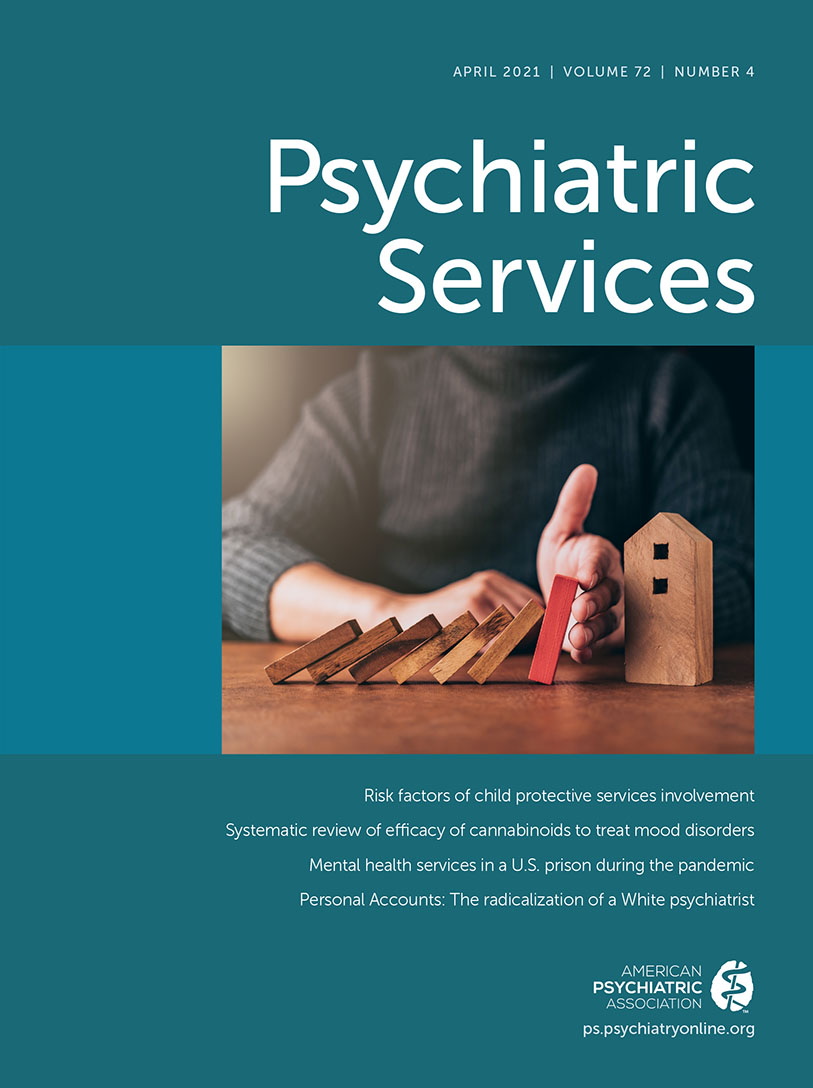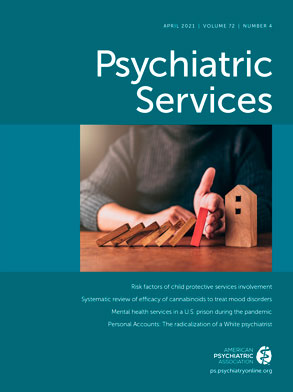It was 2 a.m. as I tossed and turned on my firm call-room mattress, anticipating the next time the pager would buzz me fully awake. A few floors above, a patient was making vivid suicidal statements to his nurse on the medical unit. In accordance with hospital policy, he had earned himself a bedside sitter, loss of phone privileges, and an emergency psychiatric consultation with me, the overnight resident. “Of course I’m not going to kill myself. If I was going to, do you really think I would have said that?” he asked me incredulously. “I was angry, in pain, and couldn’t sleep. Can I just get my phone back?”
The next week, I admitted a patient to the psychiatric unit. She had disclosed suicidal thoughts to her therapist, her sister, and the doctor in the emergency department. She had even shared her idea to use the pills her mother kept in the bathroom vanity. I asked her, “What stopped you from going through with it?” Her response rang in my ears, in tune with the remarks from the angry man from the week prior: “I don’t actually want to kill myself. If I truly did, I’d never have told anyone.” The more patients I encounter in training, the more frequently I hear echoes of this sentiment. Surely, patients who actively seek care and candidly share their suicidal thoughts are at reduced risk because of their openness and help-seeking natures. However, what about the subset of patients who have suicidal thoughts but do not reveal them? Or those who never receive care at all? Even on my soft mattress at home with my pager turned off, these are the patients who keep me up at night.
Perhaps the central question I have been wrestling with is whether most people who commit suicide actually seek help and disclose their suicidal thoughts. As part of the suicide prevention efforts within our institution, we obtained data from the Connecticut Office of the Chief Medical Examiner. Over the span of 15 months, these data represented 512 lives lost statewide, and we were able to match many of these individuals to our hospital’s electronic health records. We then surveyed the charts of these patients to learn what we could from their health encounters in the year preceding their deaths. Two alarming numbers emerged: nearly 70% of these patients had not interacted with a mental health professional, and only 15% had ever been identified as suicidal—and not because of lack of screening.
Scrutinizing the charts of these deceased patients was heart-wrenching. I viewed everything through the cynical lens offered by hindsight. One person in particular stood out: a widow living alone, with multiple medical comorbid conditions, prior suicide attempts, and an addiction to benzodiazepines. A friend of hers had called the police, concerned that the woman might try to harm herself. However, the woman denied having suicidal thoughts and persuaded the emergency department doctor to discharge her. Her story ended a month later, when she ingested a full bottle of clonazepam. The outcome seems predictable in hindsight, but could her death have been prevented with a different approach to her assessment?
The depth of the literature on screening and assessment of suicide risk signifies the complex nature of these tasks. At times, we as clinicians erroneously equate disclosed suicidal thoughts with high risk and negative suicide screening results with lower risk, discounting the considerable intricacies of risk assessment. How does this encounter fit within the patient’s history? How is the patient’s current mental state? What about other risk and protective factors? Who asked the screening questions? How were the questions asked? As with many psychiatrists, I strive to be compassionate and hope that patients find comfort through confiding in me. However, do I overestimate myself and the likelihood that they will divulge their suicidal plans to me, a stranger with the desire to thwart their plans and the authority to commit them to a psychiatric institution?
Some patients do not seek care in the midst of a suicidal crisis. They may not be able to access care, may feel it would not be helpful, or may prefer to avoid it all together. Reaching these patients will require a multidisciplinary approach with partners in public health, who aim to decrease the devastation of suicide with population-level interventions that reach all people. However, we have a tremendous opportunity and responsibility with the patients who traverse the health care landscape without revealing their suicidal thoughts or raising any red flags. These people may have the highest risk of all. How can we heed the call of suicide prevention with all patients, even those who may not appear to directly ask for our help?
As I enter deeper into this profession, I have felt the immense weight that accompanies this call. A death by suicide often amounts to incalculable heartbreak and anguish for the family and friends of the decedent, with one potential reason being the profound personal responsibility they feel when a loved one takes his or her own life. Unlike with cancer or heart failure, haunting questions abound: Was it their fault? Did they miss something? Could they have done more? Although the impact of suicide on loved ones is severe, the toll on clinicians is also significant, and we may be plagued by similar questions.
Scarcely a week goes by when my thoughts do not wander to a patient whom I cared for when I was an intern. Precipitating his admission, he wrote a suicide note, drove across the country to rent a hotel room, and drank heavily for analgesia while he slit his wrists. The attempt was thoroughly premeditated, and he was careful to hide his intentions from everyone. For about 3 months after his attempt, we met for an hour a day on the inpatient unit. I began to feel the pain he tried so desperately to hide as the depth of our conversations reached a level that I rarely breach with my own family. It was an honor to become privy to his deepest fears, darkest thoughts, and biggest insecurities. On good days, he even shared his fondest memories, finest accomplishments, and greatest hopes. However, no matter the day, he frequently repeated a simple fact—although he had failed once, he still wanted to die, and he would not be dissuaded. He sometimes asked me when we would discharge him to finish the job. One day, I was caught off guard; he no longer endorsed suicidal thoughts and reported feeling better. I was skeptical, but his new sentiments persisted the following day, and then the following week. He set a personal target date for discharge, but I wondered whether this day was instead earmarked for another attempt. A thorough suicide safety plan and a warm handoff to his outpatient provider could not quell the uneasiness I felt as he left the hospital.
Thankfully, this man’s name did not appear in the medical examiner’s database. He remains alive. For educational purposes, I follow his care closely, and each time his name surfaces, I feel my heart in my mouth. By engaging in his pain and suffering so deeply, I became invested in his life beyond the confines of the hospital and our limited time together. The very aspect of this work that brings me meaning and joy could ultimately become the most crushing. If my nagging fears come to pass, would it be my fault? Did I miss something? Could I have done more?
The flaws in our health care systems and public health interventions are laid bare by the ongoing suicide epidemic. Despite doing our best, we must do better. The imperfection of our predictive abilities combined with this tremendous weight of responsibility could send many of us who work within these systems to despair. Almost daily, I am confronted with a temptation to withdraw and engage superficially to avoid the pain when inevitably (and statistically), one of my patients ends his or her life. Propelling me forward, however, is the belief that my level of engagement and connectedness with patients truly makes a difference—that the therapeutic relationship is truly therapeutic and that in the midst of our imperfect practice of suicide prevention, suicide is truly preventable.
These anecdotes, musings, and mortality data certainly fail to tell the whole story or equate to reliable evidence. In fact, I have raised more questions than answers here. Instead of claiming to have the solutions, I pose an alternative perspective that invokes us to bring our continual skepticism, curiosity, and compassion to this challenging work. We ought to support continued public health innovation for those who do not make it to our care. We ought to be guarded when relying on screening questions to inform our risk assessment. We ought to humbly acknowledge the limitations of our intuition by seeking further evidence-based methods to predict suicide risk for all patients. We ought to think broadly and carefully about the multitude of well-documented risk factors that push someone toward eventual suicide. We ought to challenge researchers to use suicide as a primary outcome, despite the challenges. We ought to be vigilant in watching for the subtle hints that our patients drop for us as their way of seeking help. We ought to treat our sad, isolated, stressed, or inequitably treated patients in crisis with compassion and diligence, as though they may take their own lives after leaving our care, because they just might.

